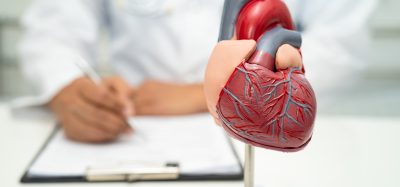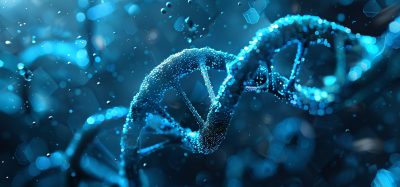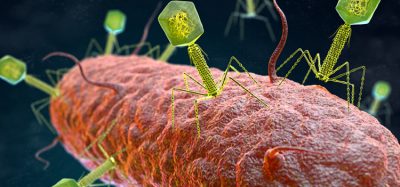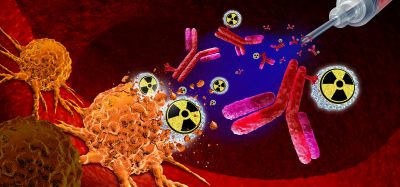Investigating new treatments for polycystic kidney disease
Posted: 8 April 2024 | Drug Target Review | No comments yet
Organoid models enabled the researchers to study the effectiveness of eukaryotic ribosomal selective glycoside drugs on PKD cyst formation.
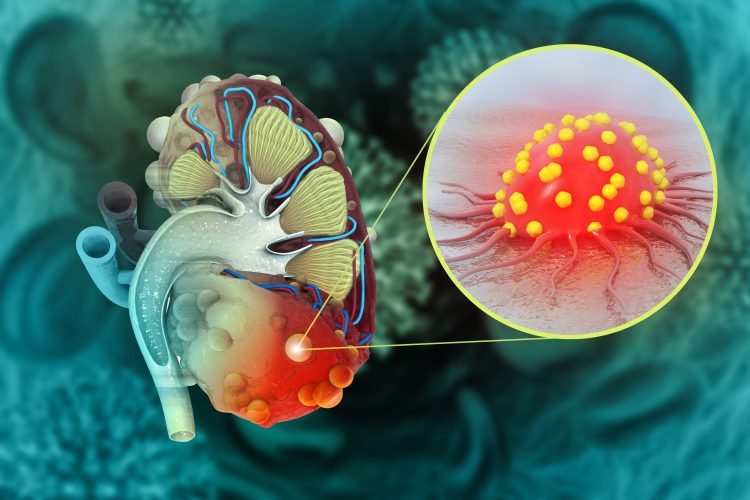

Researchers at the University of Washington and Eloxx Pharmaceuticals have demonstrated that dangerous cysts, which form over time in polycystic kidney disease (PKD), can be prevented by a single normal copy of a defective gene. They also found that glycoside can avoid the effects of the defective gene in PKD. These findings could mean novel therapeutic approaches to treating PKD.
PKD is a life-threatening, inherited kidney disorder in which a gene defect causes microscopic tubes in the kidneys to expand, forming cysts over decades. The cysts can invade healthy tissue, resulting in kidney function problems and, ultimately, kidney failure.
The team used gene editing and organoids to study the genetics of PKD. Dr Benjamin Freedman, senior study author at the University of Washington, commented: “Human PKD has been so difficult to study because cysts take years and decades to form…This new platform finally gives us a model to study the genetics of the disease and hopefully start to provide answers to the millions affected by this disease.”
The team investigated whether 3D human mini-kidney organoids with one normal gene copy and one defective copy would form cysts. So that the organoids would contain clinically relevant mutations, the researchers used base editing to create mutations in certain locations on the PKD1 and PKD2 genes, that are known to cause PKD by disrupting the production of polycystin protein, in human stem cells. They concentrated on four types of mutations in the genes. Disruptions in two types of the protein – polycystin-1 and polycystin-2 – are associated with the most severe forms of PKD.
Cells with two gene copy mutations were compared to cells with only one gene copy mutation. In some cases, the researchers used gene editing to correct mutations in one of the two gene copies to see how this affected cyst formation. They observed that organoids with two defective gene copies always produced cysts and those that carried one good gene copy and one bad copy did not form cysts.
“We didn’t know if having a gene mutation in only one gene copy is enough to cause PKD, or if a second factor, such as another mutation or acute kidney injury was necessary,” Dr Freedman said. “It’s unclear what such a trigger would look like, and until now, we haven’t had a good experimental model for human PKD.”
Dr Freedman stated that cells with one healthy gene copy make only half the normal amount of polycystin-1 or polycystin-2, but that was sufficient to prevent cysts from developing. The results suggest the need for a second trigger and that preventing that second hit might be able to prevent the disease, he added.
Furthermore, the organoid models provided the first opportunity to study the effectiveness of eukaryotic ribosomal selective glycoside drugs on PKD cyst formation. “These compounds will only work on single base pair mutations, which are commonly seen in PKD patients,” explained Dr Freedman. “They wouldn’t be expected to work on any mouse models and didn’t work in our previous organoid models of PKD. We needed to create that type of mutation in an experimental model to test the drugs.”
The drugs restored the ability of genes to make polycystin, increasing the levels of polycystin-1 to 50 percent and preventing cysts from forming. Adding the drugs after cysts had formed slowed their growth.
Moving forward, existing glycoside drugs need to be tested in patients. Researchers could also explore the use of gene therapy as a treatment for PKD.
This study is published in Cell Stem Cell.
Related topics
Drug Development, Gene Therapy, Genetic Analysis, Organoids
Related conditions
polycystic kidney disease (PKD)
Related organisations
Eloxx Pharmaceuticals, Washington University
Related people
Dr Benjamin Freedman (University of Washington)




